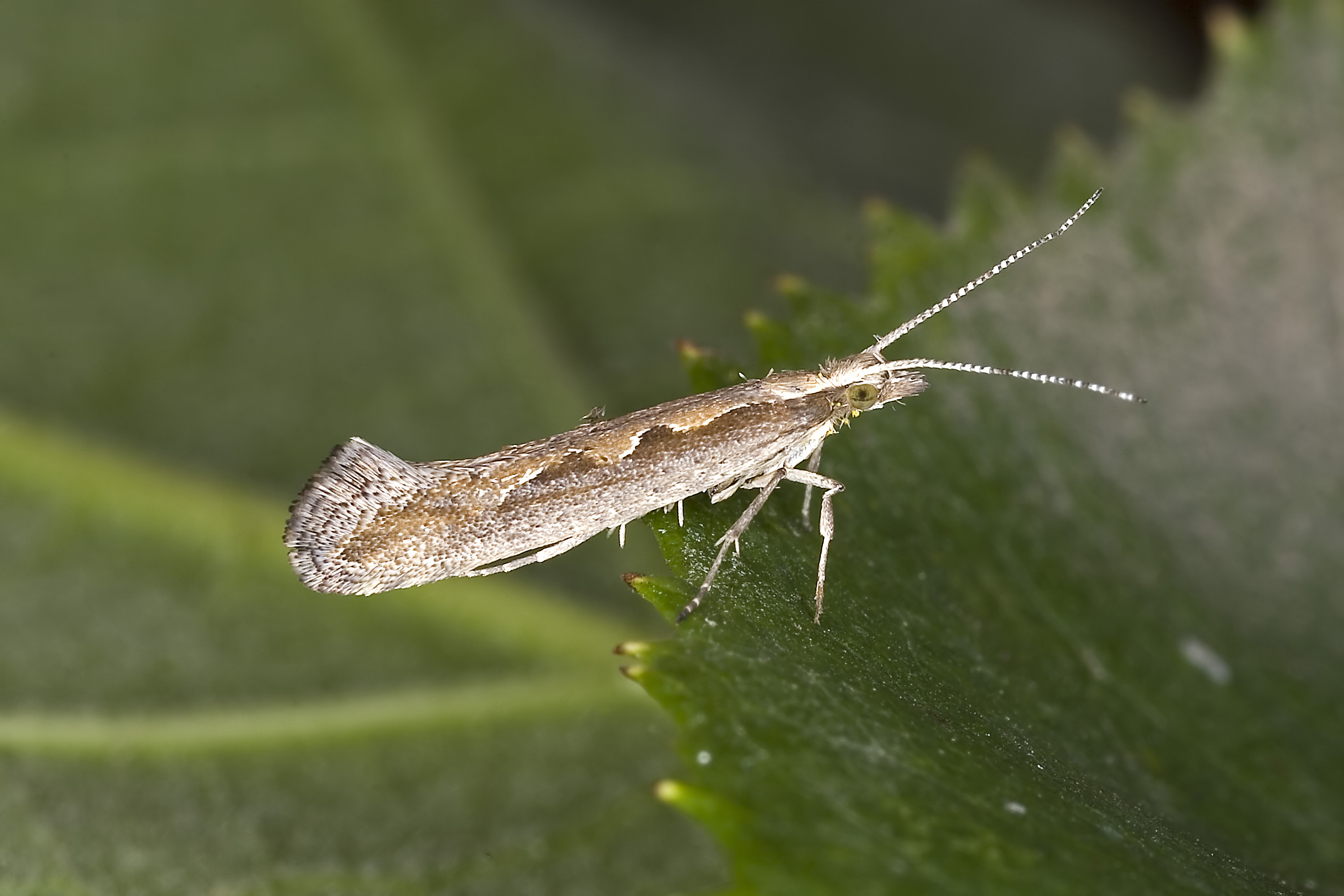Scottish farmers and growers are on red alert after the arrival of large numbers of the crop devastating Diamondback Moth to the country.
Although the moth is a regular visitor to the UK, farmers have been told to take steps to control the pest due to the larger than normal number of moths blown across from Europe.
The pest has already been detected in high numbers in the Black Isle, Fife and East Lothian.
SRUC pest expert Dr Andy Evans said the moths, which are no larger than the fingernail on a person’s little finger, enjoy feasting on leafy brassica crops like broccoli, cauliflower and cabbage.
They also pose a risk to oilseed rape and fodder crops like swede, kale and turnips.
“If you are walking through a crop like swedes or broccoli, when you disturb the crop the moths fly up in quite a dramatic way, and the damage the caterpillars do makes the leaves look like the have been shot by a shotgun,” said Dr Evans.
The real damage to crops will appear in a few weeks’ time when caterpillars hatch from eggs laid by the newly arrived moths, added Dr Evans.
Growers are advised to consult their agronomist and be prepared to spray two doses of different insecticides on crops.
However, Dr Evans warned that the moths have been known to have resistance to pyrethroids and as such growers are advised to apply two sprays of different active ingredient-based insecticides.
“You could take the risk and go with the pyrethroids but we would recommend that you check the crop a few days afterwards,” added Dr Evans.
“You can’t control the moths themselves but you almost want to wait for the eggs to be laid and for the caterpillars to appear before spraying.”
Alternatives to pyrethroids include a bacterial insecticide, which is safe for use on organic crops, a product named Tracer which includes the spinosad active ingredient and another product called Dimilin Flo.
AHDB Horticulture’s head of crop health and protection, Jon Knight, said samples of the newly arrived moths were being tested by scientists at Rothamsted Research to determine whether or not they carried any insecticide resistance.
He added: “One method of control is through the use of overhead irrigation so it is likely that heavy rain will have an impact on the newly hatched larvae. Crops of oilseed rape may also be at some risk but would depend on the numbers of larvae and the timing of any outbreak. Advisors should be able to provide advice on what, if any, action to take.”










